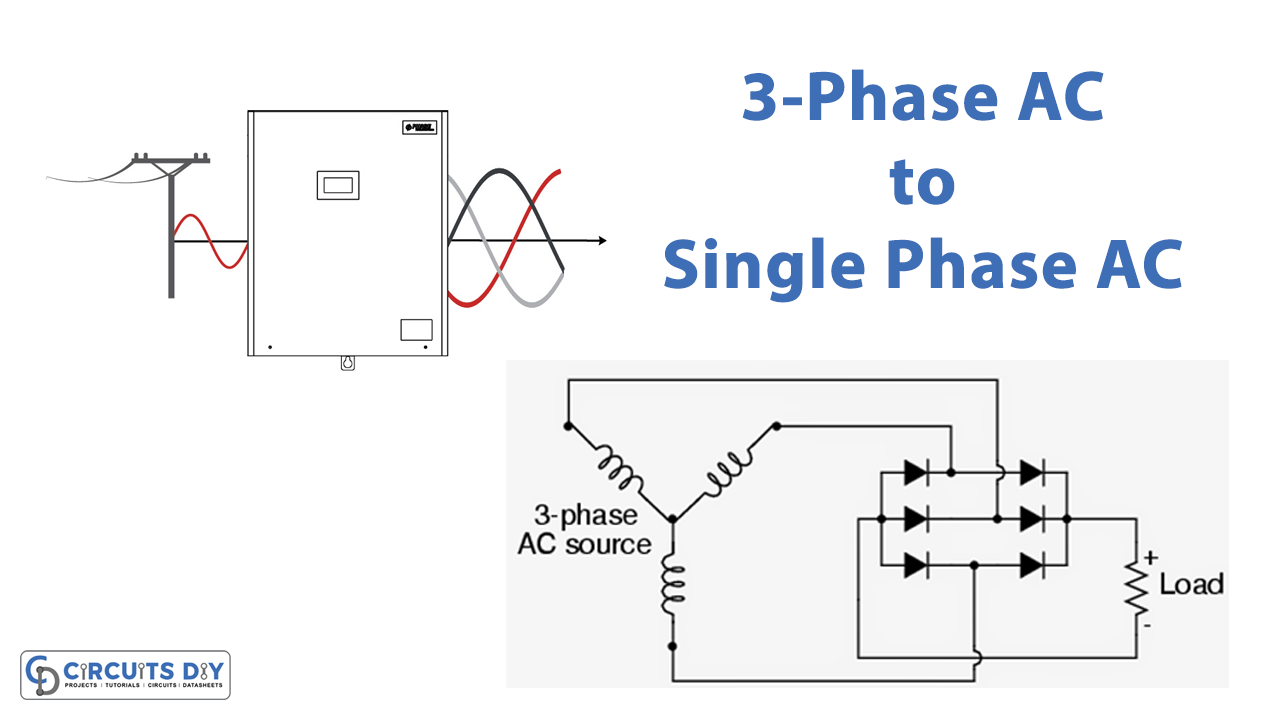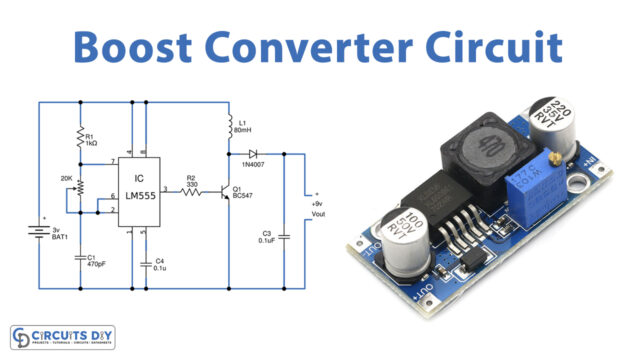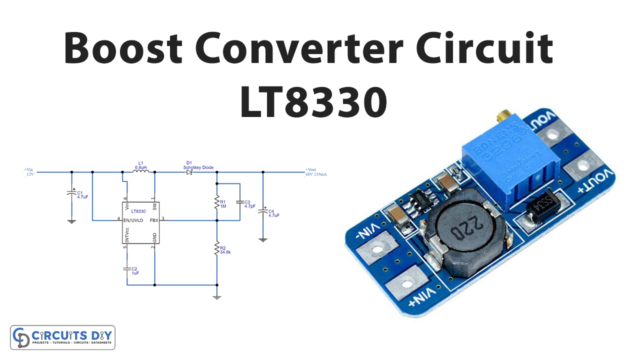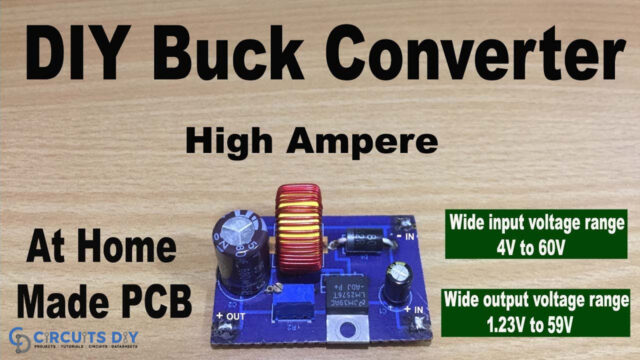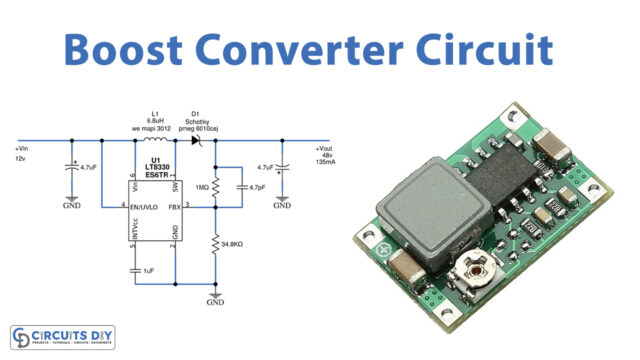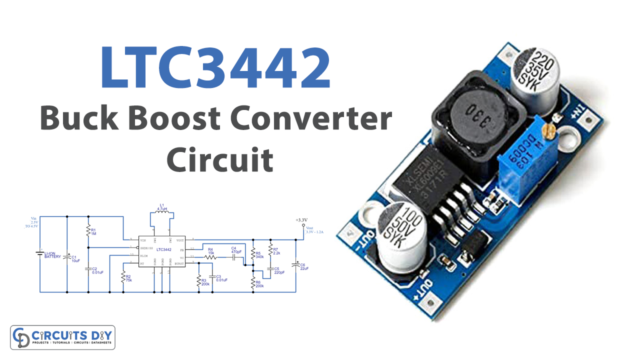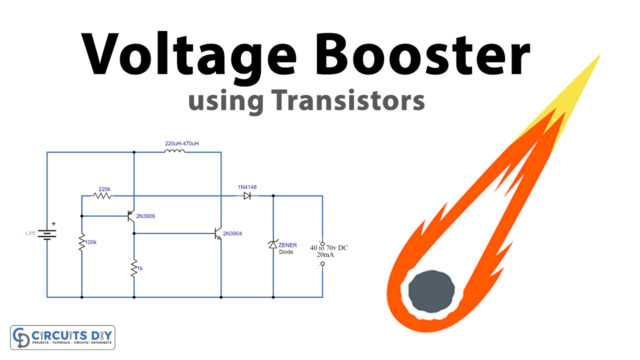Introduction
Converting 3-phase AC to single-phase AC can seem complicated, but with the right components and knowledge, you can do it quickly. By converting 3-phase power to single-phase, you can use the power in a single-phase application, such as running a residential air conditioner or powering a small workshop. In this guide, we will walk you through the process of converting 3-phase AC to single-phase AC, including the components you will need.
Once you have the necessary equipment, with a bit of patience and attention to detail, you can easily convert 3-phase AC to single-phase AC and enjoy the benefits of single-phase power in your home or workshop.
What is the Difference between Single and 3 Phase AC?
When discussing electricity, “phase” is shorthand for “distribution of a load.” Generally, single-phase is typical for residences, but three-phase power is used in commercial and industrial settings.
Single-phase power is an ac power circuit with just two wires. Phase and neutral wires are the usual pair, with current flowing from the phase wire to the neutral wire and then back to the load. Three-phase power is an alternating current (ac) power system that uses three wires, with each of the three ac signals being 120 electrical degrees away from the others.
Hardware Required
The following hardware requires 3 phase to single-phase converter circuit.
| S.no | Component | Value | Qty |
|---|---|---|---|
| 1. | 3-phase AC source | – | 1 |
| 2. | Diode bridge network | – | 1 |
| 3. | Full bridge driver IC | – | 1 |
| 4. | H-bridge MOSFET network | – | 1 |
| 5. | External voltage sensor circuit (See fig 3) | – | 1 |
| 6. | IC | IRS2453 | 1 |
| 7. | Transistor | BC547 | 1 |
| 8. | Inverter output voltage regulator circuit (preset) | 220k | 1 |
Steps to Convert 3-phase AC to Single-phase AC
To convert 3-phase AC to single-phase AC, you need to follow the given steps:
Circuit Diagram

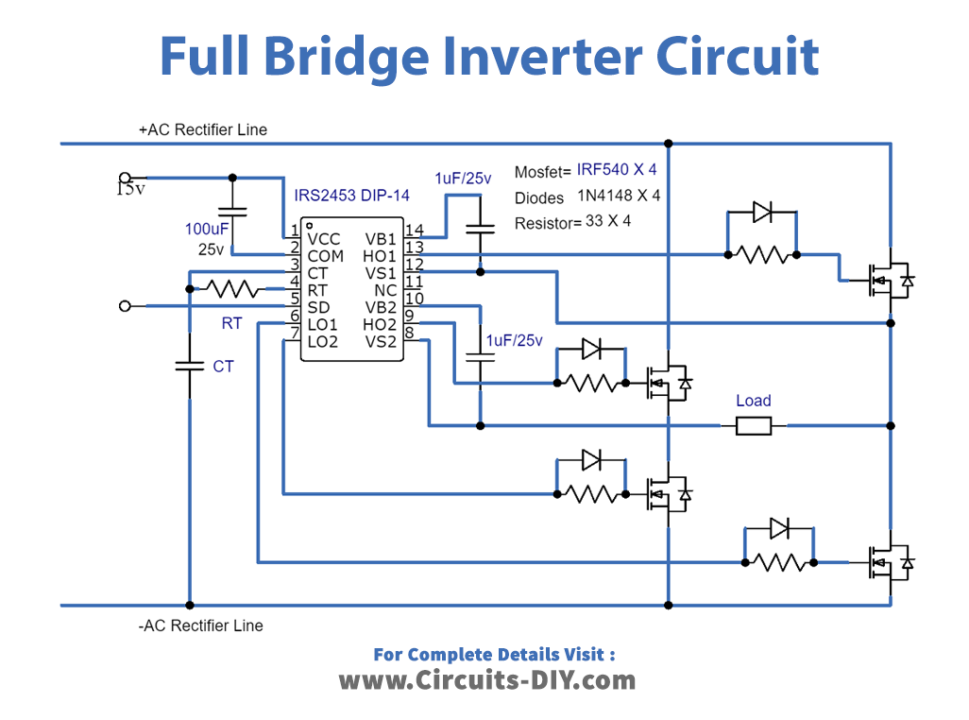
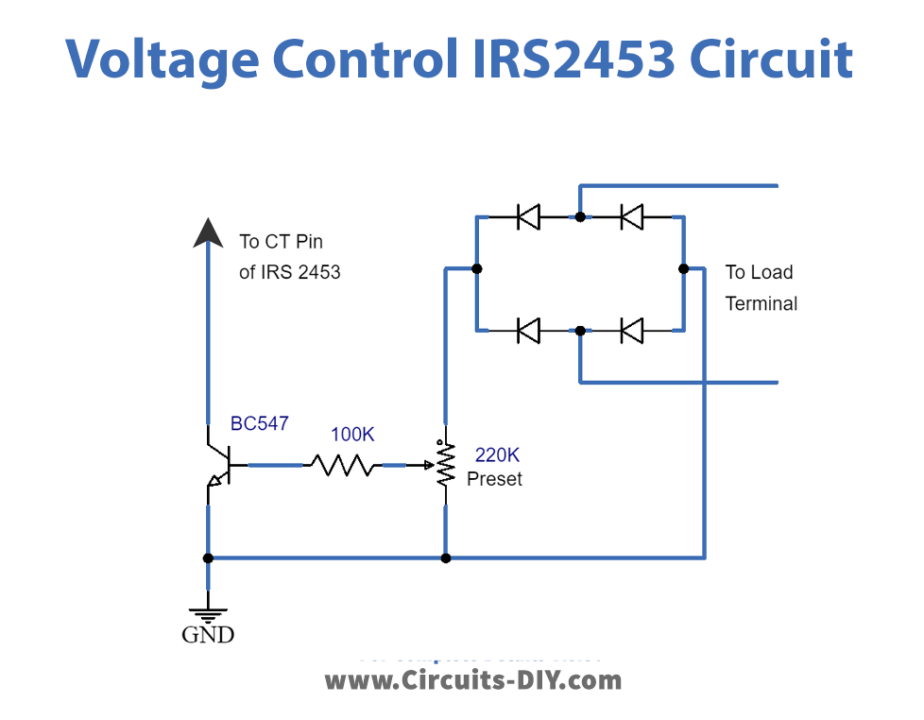
Connections
- 3-phase AC to DC rectification using a traditional diode bridge network
- DC to single phase 220 V AC conversion using full bridge MOSFET driver topology
- External voltage sensor circuit integrated with the Ct pin of the IC IRS2453 to normalize and control voltage levels
Working Explanation
The circuit connections work as follows:
- The circuit’s first stage (figure 1) converts 3-phase AC to DC using a traditional diode bridge network. This is a well-known method of rectifying AC to DC, where diodes are used to convert the incoming AC waveform to a pulsating DC waveform.
- The rectified DC is then transformed back to 220 V AC utilizing a full bridge driver IC and an H-bridge MOSFET network. The full bridge driver IC controls the switching of the MOSFETs in the H-bridge network to generate an AC output waveform.
- The DC circuit, after rectification, is transformed to the desired single phase 220 V AC. However, the output may be higher than the desired value, which needs to be normalized to the desired levels.
- An external voltage sensor circuit is integrated with the Ct pin of the IC IRS2453 to detect the output voltage and control it to the desired level. The voltage sensor circuit is designed to detect voltage levels above the desired level, which is 240V.
- Once the voltage sensor circuit detects a voltage above 240V, it grounds the Ct pin, which causes the IC to slow down its oscillations. This causes the high-side outputs to go low, cutting off the high voltage to the MOSFETs.
- As the voltage across the load decreases, the BC547 transistor turns off, which causes the IC procedures to resume. This process repeats continuously, ensuring that the output voltage stays controlled and at the specific 220 V level.
- The inverter output voltage regulator circuit using a 220k preset is also utilized to control the voltage across the load. The preset is adjusted accurately to ensure that the transistor only starts conducting at voltages around 240 V across the load.
Final Words
By understanding the basics of three-phase power, the different types of power supplies, and the steps involved in the conversion process, you can successfully convert your 3-phase AC to single-phase AC. This can be useful for powering equipment or appliances that run on single-phase power.
We hope this article has provided you with a better understanding of converting 3-phase AC to single-phase AC and if you have any further queries, please feel free to comment below. We appreciate your feedback and are here to help.


